Apple is looking into technology that would allow an iPhone to detect events in a user's everyday life, like going to church or changes in weather, and automatically reconfigure hardware and software settings to fit the situation.
Apple's U.S. Patent 8,538.376 for "Event-based modes for electronic devices," granted by the U.S. Patent and Trademark office on Tuesday, describes a phone management system that seamlessly controls high level device functions without user interaction.
As noted in the document's language, the portability of handheld electronics has allowed users to take them almost anywhere. Indeed, devices like the iPhone are regularly carried into locations or situations at which certain functions may not be deemed appropriate. For example, a movie theater is not the place to be receiving calls or answering messages.
In other scenarios, a user may want certain data prioritized for easy access. Apple offers a situation in which a device automatically reconfigures a user's contacts list when that person is in another country, assigning a higher priority to information for friends living in that region.
The method uses a host of hardware and software assets to facilitate this automation. Pulling on location data, calendar events, usage patterns, raw data from on-board sensors, and even live information from the Web, the system detects "life events" and responds by switching to a set of predefined modes.
These modes of operation are broken down into two main categories: mandatory and permissible. Each category has control over functions like ringer level, powering up components, software management, and more.
A mandatory mode basically limits access to certain device functions based on certain events, such as a parent restricting the use of an iPhone while at home. The restrictions will continue unless a qualification is met, such as a password, crossing over a geolocation threshold, or reaching a determined time.
Permissible modes can be selected by the user after the system has successfully detected a life event. For example, when a user enters a new location, the system can offer available modes to choose from.
As for event detection, the process can occur on the fly, with sensors picking up sound, light or location data about a user's immediate environment. In another embodiment, the detection module can monitor usage patterns to predict when a certain mode should be activated. For example, if a user consistently visits a church every Sunday, the mode associated with that event is selected every week at the same time.
When a detected event is associated with an event-based mode of operation, it is referred to as a "zone." An obvious example of a zone is a physical boundary that triggers a certain mode of operation. A "hands-free" zone may be defined by location data for states that don't allow drivers to use cell phones while in a vehicle. Operational modes associated with this zone could include the disabling of phone functions while in the zone, or the mandatory use of a hands-free headset.
Illustration of location-based zones.Other zones may be based on a user's environment. Weather conditions pulled from the Web can be used to initiate a certain operating mode that could select the best route for travel in poor conditions.
News-based zones can also be established such that a user's contacts are rearranged, pushing their accountant's phone number to the top of the list when a stock market crash is detected, for example. Similarly, a contacts list can also be reconfigured in a calendar-based zone, bringing up information for a friend or family member who is celebrating a birthday.
Zones can overlap, such as location-based and calendar-based zones. This can cause conflicts if a location-based zone informs a device to remain silent, perhaps at a movie, while a news-based zone calls for an alert. To avoid confusion, zones carry priorities that can dynamically override another zone's mode of operation.
Finally, users can manually configure zones, their associated modes, priority ratings and other functions. Alternatively, zones can be uploaded to, and subsequently downloaded from, a central server that can disseminate this data to multiple handsets. This repository can automatically compile and define zones using data from multiple devices, then determine a suitable or popular mode in which another connected device can operate.
Further refinements and backend systems details are included in the filing.
While the forthcoming iOS 7 does not implement technology from today's event-based modes patent, smartphone automation is a field of interest to Apple, as evidenced by previously filings. Most recently, a 2012 application for a "situationally aware" iPhone went past the USPTO's desk.
Apple's event-based modes patent was first filed for in 2007 and credits Michael M. Lee, Justin Gregg and Casey Maureen Dougherty as its inventors.
 Mikey Campbell
Mikey Campbell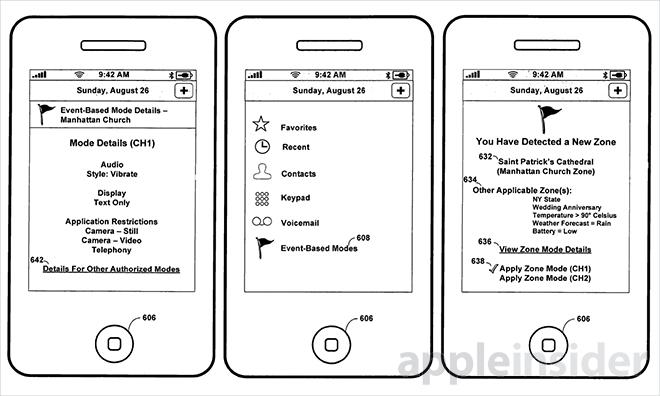
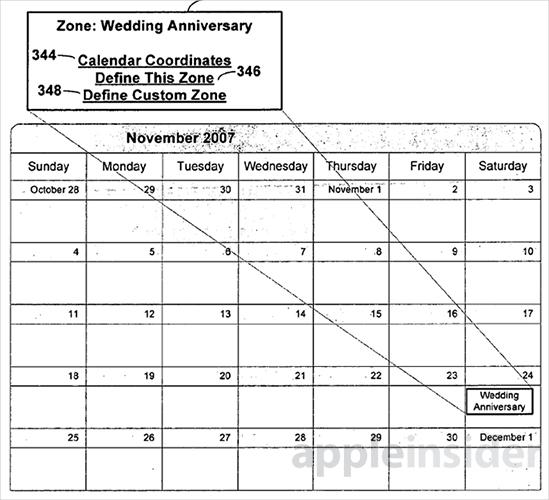
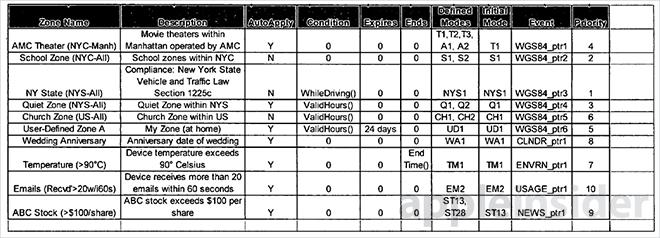
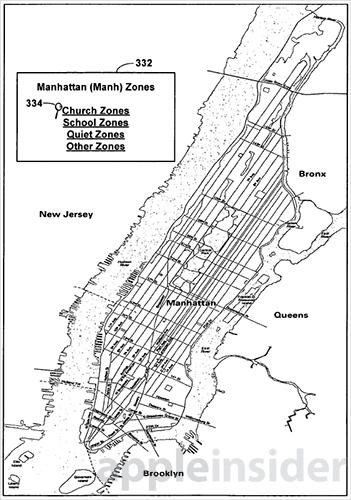
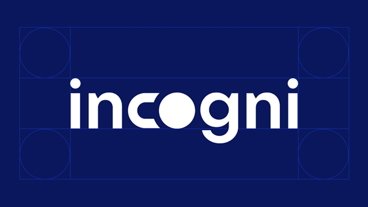
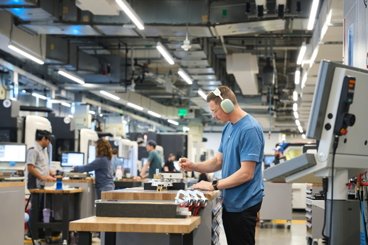
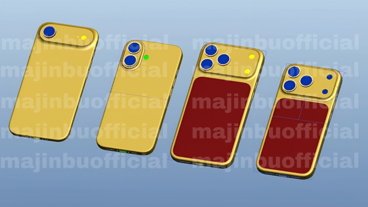
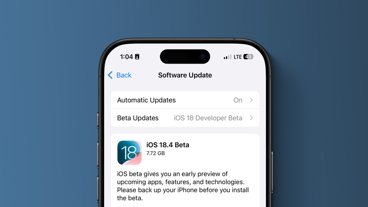
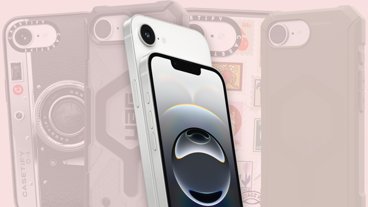
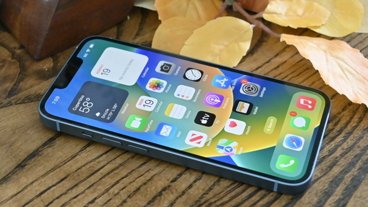
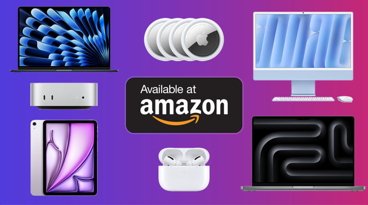
-m.jpg)





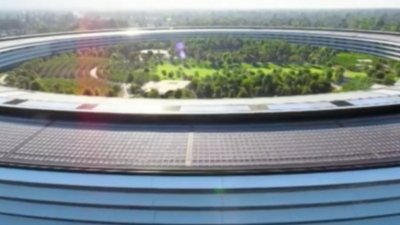
 Malcolm Owen
Malcolm Owen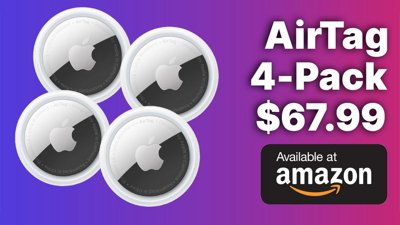
 Christine McKee
Christine McKee
 Amber Neely
Amber Neely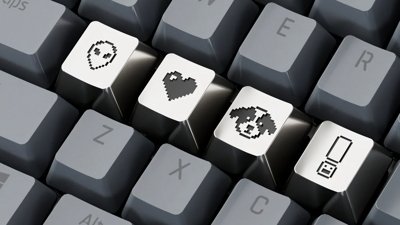
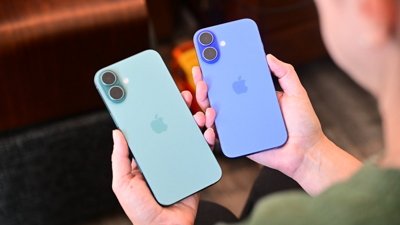
 William Gallagher
William Gallagher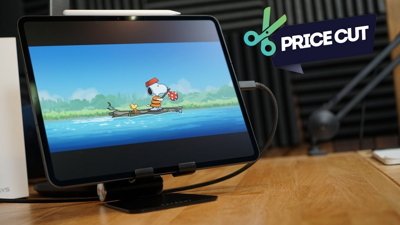
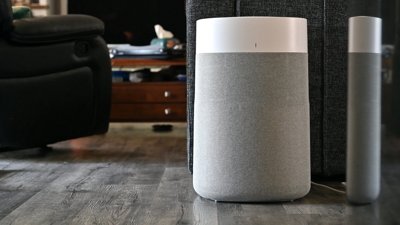
 Andrew O'Hara
Andrew O'Hara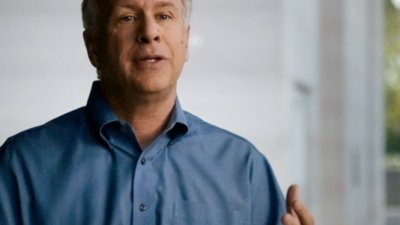
 Marko Zivkovic
Marko Zivkovic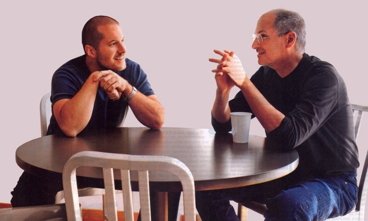
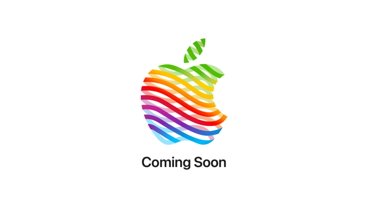

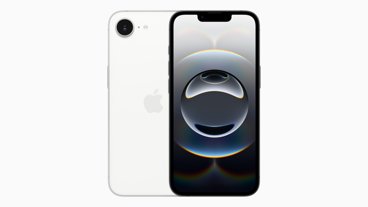
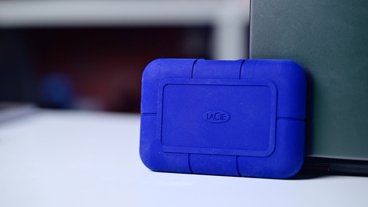
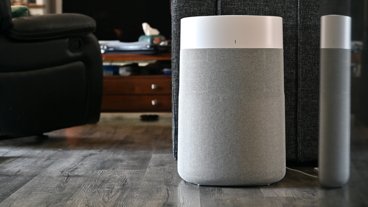
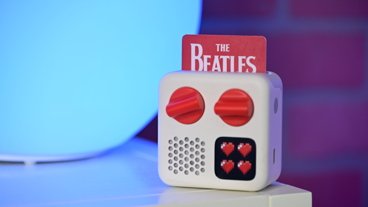
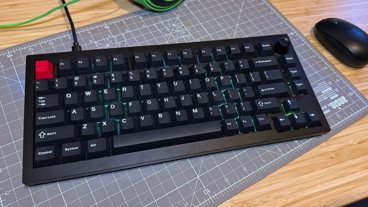

26 Comments
Oh man I'd love to have something like this. Hopefully it's not years away.
Most of the times, when I see patents... I feel like they write algorithms on COMMON SENSE and take rights on it.
>> When I go to temple/church I will mute my phone. But this is a patent. :) Cool.
But, it is good. Common sense is not so common: I see people's phone ringing while prayers going on.
My employer (and others, I assume) uses "life events" to refer to events that permit me to change my benefits, e.g. death in the family, new child, etc.
In other words, I wildly misread this headline!
Oh man I'd love to have something like this. Hopefully it's not years away.
This is already available thru some apps, albeit limited to specific contexts.
With the recent scare and uncovering of all the surveillance going on, it seems a bad point in time to talk about introducing features that automatically combine location, calendar and other data to determine certain functions of the device.
I am not sure this will be particularly popular with the majority of users.